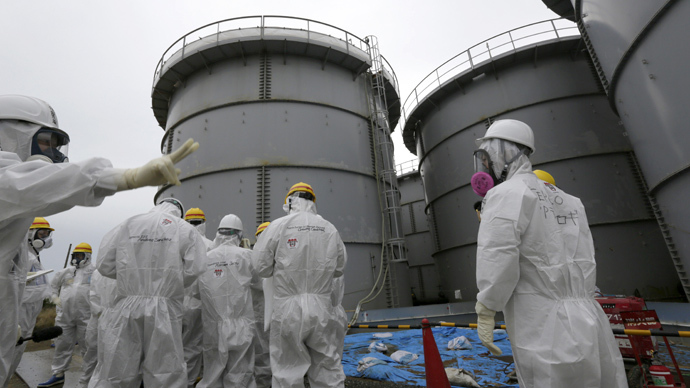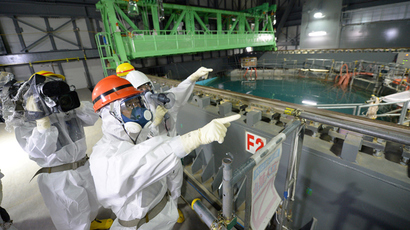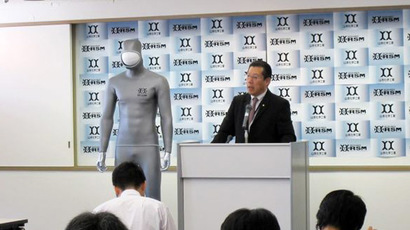Japan plans to borrow $30 billion for Fukushima cleanup – report

Japan’s government is allegedly finalizing plans to borrow some $30 billion for the cumbersome cleanup of the Fukushima nuclear power plant and the surrounding region, as well as compensating evacuees, Reuters reports citing sources.
The borrowing of three trillion Japanese Yen was spurred by
months of botched efforts, nature’s surprises and human error.
When the Tokyo Electric Power Company (TEPCO) realized that the
figure would be too high, the Japanese Government stepped in. But
it now appears that more funds are necessary for the
multi-billion dollar effort.
Targets for reducing radiation levels and eradicating nuclear
fallout in the areas have likewise not been met.
This new borrowing initiative will put the total costs set aside
for Fukushima at $80 billion. This excludes the cost of shutting
down the actual reactor units, which is projected to take several
decades and cost the government around $150 billion.
It will, however, include raising salaries for cleanup crews
working in the surrounding region by $500 billion. This includes
upping hazard pay from around $100 to $200 a day.
This information was provided to Reuters by government officials
speaking on condition of anonymity.
A new facility for storing nuclear waste is also in the works as
well. That waste would include not only water, but also soil and
leaves collected from the surrounding contaminated townships.
In light of the mounting difficulties, Prime Minister Shinzo Abe
has been considering changing the funding strategy for the
cleanup and its associated projects, as well as taking care of
reimbursing displaced residents who will never be able to return
home.
It should be noted that the radius of evacuation after the
Fukushima nuclear meltdown is larger than the area of Hong Kong.
Some areas will remain contaminated for years to come. Of the 5
trillion yen set aside for such compensation, a little less than
four trillion has already been spent.
The initial sum of a trillion and a half yen slated for
decontamination has now risen to two trillion, while the total
sum for the combined Fukushima effort will go up to eight
trillion – from the previous five.
Part of the cleanup plan is to decontaminate the surrounding
towns and villages and follow new guidelines by the International
Center for Radiological Protection, which include reducing annual
radioactivity levels.
TEPCO used to bare the sole responsibility for funding and
cleanup, according to an agreement with the previous government.
But despite the government enabling the payment of all related
costs upfront – by issuing bonds – the plant operator will still
owe money. But the new borrowing scheme should make the whole
process more manageable.
A recent special investigation by Reuters revealed the harrowing
conditions of working at the battered Fukushima Daiichi plant,
which are exacerbated by very low pay and questionable attitudes
to workers’ rights by the multitude of sub-contractors involved
in the numerous projects.
After coming under criticism, TEPCO announced on Monday it would
double wages for the thousands of workers on short-term
contracts. It also promised to tighten its grip on the
contractors involved, as well as take care to raise living and
working conditions for workers associated with the reactor
cleanup.
The new funding framework comes just as TEPCO is preparing its
most ambitious and dangerous operation yet – the removal of more
than a thousand spent nuclear fuel rods.














